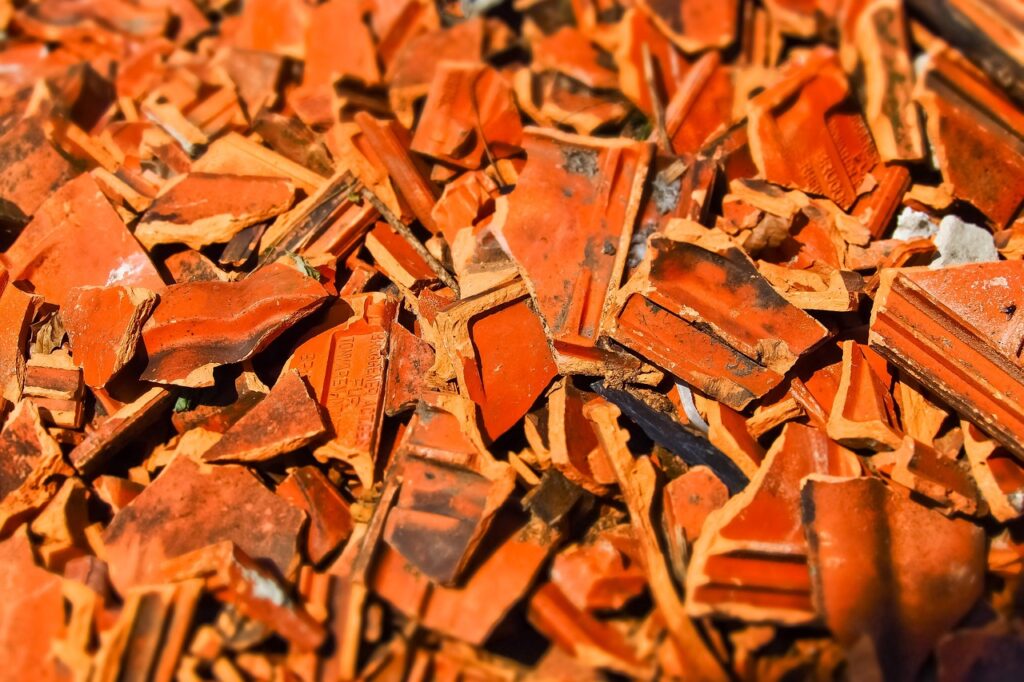Water infiltration under shingles is a persistent issue that can lead to severe damage if left unattended. In this article, you will discover effective measures to prevent water from seeping under your shingles and wreaking havoc on your roof. We will explore the potential consequences of water infiltration and provide practical advice on how to address this common problem. By implementing these preventive measures, you can safeguard your roof and ensure its long-lasting durability.
How to prevent water from getting under shingles?

This image is property of pixabay.com.
Understanding the consequences of water under shingles
Water getting under shingles can lead to significant damage to a roof and the underlying structure of a building. If left unaddressed, it can result in rotting of the roof deck, mold and mildew growth, and ultimately compromise the integrity of the entire roofing system. It is crucial to understand the consequences of water under shingles in order to take proactive measures to prevent such occurrences.
Ensuring proper installation of shingles
One of the primary steps in preventing water from getting under shingles is to ensure proper installation. Properly installed shingles create a weatherproof barrier that prevents water from infiltrating the roof. It is essential to hire experienced and professional roofers who are well-versed in the correct installation techniques. Ensuring that the shingles are securely fastened, aligned, and overlap correctly will go a long way in preventing any water penetration.

This image is property of pixabay.com.
Regular inspection and maintenance
Regular inspection and maintenance of the roof are paramount in preventing water from getting under the shingles. Conducting routine inspections will allow you to identify any signs of damage or water infiltration early on. Look out for missing or damaged shingles, cracked caulking, or signs of moisture accumulation. Promptly addressing these issues will help maintain the integrity of the roof and prevent more extensive damage in the future.
Using a waterproof underlayment
One effective way to prevent water from getting under shingles is to use a waterproof underlayment. The underlayment serves as an additional layer of protection between the shingles and the roof deck. It acts as a barrier against any water that may penetrate the shingles, thereby safeguarding the underlying structure. Ensure the underlayment is properly installed, covering the entire roof surface, and sealed at all edges and seams to maximize its effectiveness.

This image is property of pixabay.com.
Applying roof cement or flashing
Roof cement or flashing can be strategically applied to areas susceptible to water penetration, such as roof valleys, chimneys, and vents. These materials create a watertight seal and prevent any potential leaks. It is important to use high-quality roof cement and flashing materials and ensure they are correctly installed to achieve optimal protection against water infiltration.
Cleaning gutters and downspouts
Clogged gutters and downspouts can contribute to water getting under shingles. When debris accumulates in gutters, it obstructs the proper flow of water, causing it to overflow and potentially seep under the shingles. Regularly cleaning gutters and downspouts, especially during the fall season when leaves and debris are more prevalent, is crucial. This will ensure that water is directed away from the roof and prevent potential water damage.
Installing drip edge
Installing a drip edge along the eaves of the roof is an effective way to prevent water from getting under shingles. A drip edge is a metal strip that is installed under the shingles along the roof edges. It helps redirect water away from the roof, reducing the chances of water infiltrating the underlying layers. The drip edge also provides an added layer of protection against wind-driven rain. Proper installation and alignment of the drip edge are essential for its effectiveness.
Providing proper ventilation
Adequate roof ventilation plays a significant role in preventing water from getting under shingles. Proper ventilation helps maintain a consistent temperature and moisture level within the attic, preventing the formation of condensation. Excessive moisture buildup can weaken the roof deck and lead to water infiltration. Ensure that your roof has proper ventilation, including ridge vents, soffit vents, and gable vents, to promote air circulation and minimize the risk of water damage.
Addressing nearby trees and branches
Overhanging tree branches can pose a risk of damage to the roof and facilitate water infiltration under the shingles. Regularly trim any branches that hang over the roof to minimize the accumulation of leaves, debris, and potential damage caused by falling branches during severe weather. Additionally, trees located close to the roof can drop excessive amounts of leaves and promote algae and moss growth. Proper maintenance of nearby trees will aid in preventing water penetration and preserve the longevity of the roof.
Seeking professional help if needed
While there are various preventive measures to avoid water getting under shingles, it is essential to recognize when professional assistance is necessary. Issues involving complex leaks, extensive damage, or significant roof deterioration typically require the expertise of a professional roofing contractor. They have the experience, knowledge, and tools to effectively identify and address any underlying problems. In such cases, reaching out to a professional for a thorough evaluation and appropriate repairs is recommended.
Preventing water from getting under shingles is a crucial aspect of roof maintenance. By understanding the consequences of water infiltration, ensuring proper installation, conducting regular inspections, using waterproof underlayment, applying roof cement or flashing, cleaning gutters and downspouts, installing a drip edge, providing proper ventilation, addressing nearby trees and branches, and seeking professional help, you can effectively prevent water damage and extend the lifespan of your roof. Regular maintenance and proactive measures will protect your investment and maintain the integrity of your entire roofing system.
